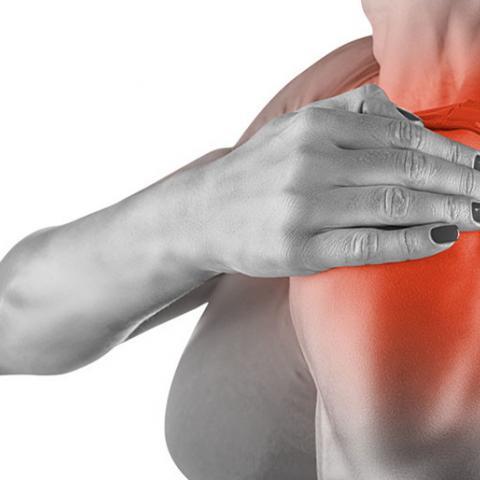
Labral Tear
The labrum is a rubbery tissue that is attached to the socket of the shoulder. The shoulder ligaments, or capsule, attach to the labrum in the front, the back and the bottom. The biceps tendon attaches to the labrum at the top of the shoulder. Tears to the labrum occur when the shoulder traumatically dislocates or from repetitive overhead activities like throwing or lifting.
Overview
Patients under 25 tear the labrum virtually 100% of the time when they dislocate their shoulder whereas a 40-year-old more often tears the rotator cuff. Symptoms can include numbness or tingling radiating down the arm, popping and catching, pain and a feeling of apprehension when doing overhead activities such as military, bench or incline press. A torn labrum results in an unstable shoulder which can cause a patient to wake at night.
Treatment for a torn labrum differs with the age of the patient. If physical therapy and strengthening the surrounding muscles do not sufficiently decrease the symptoms, then surgery is performed to stabilize the shoulder by reattaching the labrum to the bone of the socket. The surgery is performed with a nerve block that causes the arm to go numb for approximately 10 to 15 hours so that narcotic pain medications are kept to a minimum during the procedure and the patient can go home the same day.
The procedure is performed through several small incisions with an arthroscopic camera and instruments. The labrum is reattached to the bone using suture anchors, devices that are tapped into the bone, leaving several sutures that are used to tie the labrum back to the bone. Rehabilitation requires a sling to be worn for 4 weeks after surgery to protect the repair but typing and light lifting are allowed.
Physical therapy starts one week after surgery and continues for two to three months when a home strengthening program is added. Throwing and swimming are allowed about four months after surgery and contact sports at 6 months.
